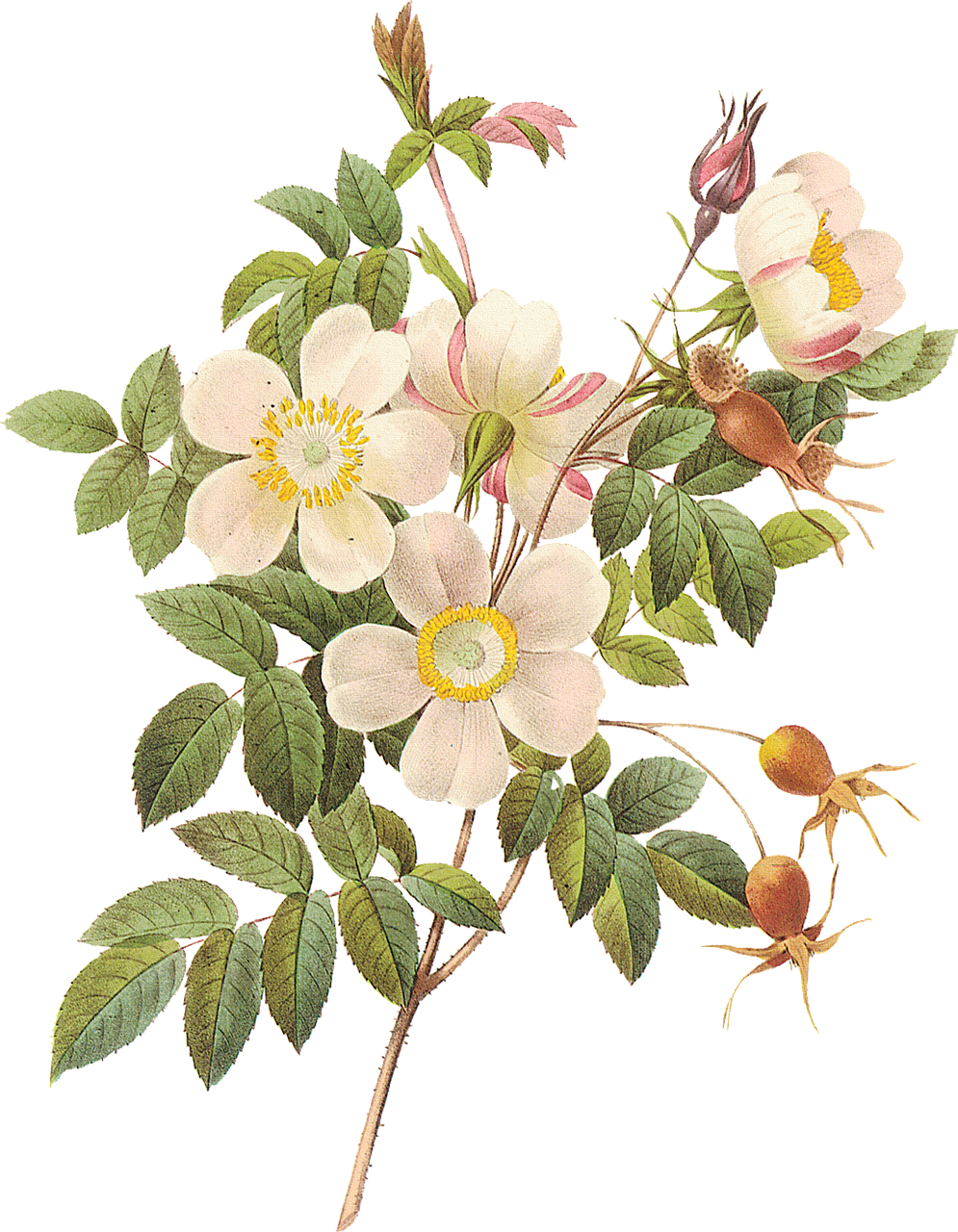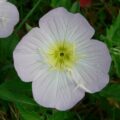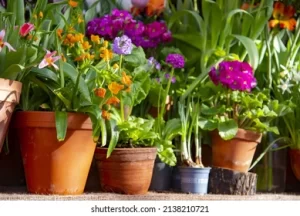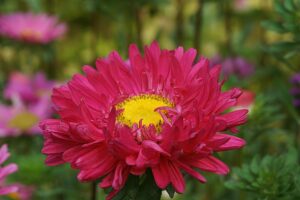
If you’re looking for a way to connect with nature and explore the miracles of the plant kingdom, then you should consider visiting botanical, botanic, and botanica gardens. These gardens are filled with a wide variety of plants, from flowers, trees, and shrubs, to vegetables and herbs, and can be found all over the world. In this article, we’ll take a closer look at what these gardens are, their history, and the different types of plants found in them. We’ll also explore the benefits of visiting botanical, botanic, and botanica gardens and share some of the best places to visit them around the world.
What are Botanical, Botanic, and Botanica Gardens?
Botanical, botanic, and botanica gardens are places where plants are cultivated and displayed for educational, research, and conservation purposes. They are often open to the public, allowing visitors to explore and learn about the incredible wonders of the plant kingdom. These gardens contain a variety of plants, from flowers and trees, to shrubs, vegetables, and herbs. Each garden is designed to highlight certain species of plants and provide visitors with an opportunity to experience the beauty and diversity of nature.
The History of Botanical, Botanic, and Botanica Gardens
The concept of botanical, botanic, and botanica gardens dates back to ancient times. The oldest recorded example is the Hanging Gardens of Babylon, created by King Nebuchadnezzar II in 600 BC. This garden was built to please his wife, who missed the lush greenery of her homeland. Other ancient gardens were created by the Chinese, Greeks, and Romans. These gardens were used for medicinal, religious, and aesthetic purposes.
In the 16th and 17th centuries, botanical, botanic, and botanica gardens became more popular in Europe. These gardens were used to study plants and experiment with different methods of cultivation. They also served as places of relaxation and contemplation. By the 18th century, botanical, botanic, and botanica gardens became a popular feature in many cities and towns around the world.
Types of Botanical, Botanic, and Botanica Gardens
Botanical, botanic, and botanica gardens can be divided into different types, depending on the plants and purposes they serve. Some of the most common types of botanical, botanic, and botanica gardens include:
- Arboretums: These gardens are designed to showcase trees and other woody plants.
- Herb Gardens: These gardens are used to cultivate herbs and other medicinal plants.
- Cactus Gardens: These gardens are dedicated to cacti and other succulents.
- Rock Gardens: These gardens feature rocks, gravel, and other natural elements to create a unique landscape.
- Japanese Gardens: These gardens are designed to evoke a sense of peace and harmony.
- Flower Gardens: These gardens are filled with colorful flowers and other plant species.
- Vegetable Gardens: These gardens are used to grow fruits, vegetables, and other edible plants.
The Benefits of Botanical, Botanic, and Botanica Gardens
Visiting botanical, botanic, and botanica gardens can have many benefits for both the body and the mind. These gardens provide peaceful and tranquil environments where visitors can take a break from the hustle and bustle of everyday life. Here, visitors can enjoy the beauty of nature and connect with the wonders of the plant kingdom.
Botanical, botanic, and botanica gardens also have educational benefits. These gardens provide visitors with the opportunity to learn about different plants and their uses. They can also be used to teach visitors about plant propagation, conservation, and gardening techniques.
Finally, botanical, botanic, and botanica gardens can also help promote environmental awareness. By introducing visitors to the wonders of the plant kingdom, these gardens can help foster a deeper appreciation for nature and motivate them to take action to protect our planet.
The Different Species of Plants Found in Botanical, Botanic, and Botanica Gardens
Botanical, botanic, and botanica gardens are home to a wide variety of plants, from flowers, trees, and shrubs, to vegetables and herbs. Some of the most common types of plants found in these gardens include:
- Roses: Roses are one of the most popular and beloved flowers in the world. These flowers come in a variety of colors and sizes, from small and delicate blooms to large and showy specimens.
- Orchids: Orchids are tropical plants that come in a wide range of shapes and colors. They are often found in botanical, botanic, and botanica gardens and are a favorite among plant enthusiasts.
- Tree Ferns: Tree ferns are large and majestic plants that grow in tropical climates. They have large, frond-like leaves and can add a dramatic touch to any garden.
- Bonsai Trees: Bonsai trees are miniature trees that have been carefully trained and shaped over time. They are often found in botanical, botanic, and botanica gardens and make a beautiful addition to any landscape.
- Succulents: Succulents are unique plants that are drought-tolerant and require little watering. They come in a variety of shapes and sizes and can add a unique touch to any garden.
- Herbs: Herbs are useful plants that are often used for cooking and medicinal purposes. Some of the most common herbs found in botanical, botanic, and botanica gardens include basil, rosemary, and oregano.
The Design of Botanical, Botanic, and Botanica Gardens
The design of botanical, botanic, and botanica gardens is essential for creating an aesthetically pleasing and functional space. The layout of the garden should be based on the specific plants and features that will be included. For example, a flower garden should be designed to showcase the colorful blooms, while a herb garden should be laid out to maximize the use of space.
When designing a botanical, botanic, or botanica garden, it is important to consider the placement of plants. Different plants have different needs, so it is important to make sure that each one is placed in an area where it will receive the proper amount of sunlight and water. Taking these factors into account will ensure that the garden looks its best and that the plants remain healthy.
Famous Botanical, Botanic, and Botanica Gardens Around the World
There are many botanical, botanic, and botanica gardens around the world that are worth visiting. Some of the most famous and breathtaking gardens include:
- The Royal Botanic Gardens in Kew, England: This is one of the oldest and most famous botanic gardens in the world. It features more than 30,000 different species of plants, from rare and endangered species to more common varieties.
- The Gardens of the Alhambra in Granada, Spain: This botanical garden features a wide range of plants, including cacti, succulents, and herbs. It is also home to a variety of birds, reptiles, and insects.
- The Botanical Garden of Padua in Italy: This garden is one of the oldest in Europe and features a variety of plants, from trees and shrubs to herbs and vegetables.
- The Brooklyn Botanic Garden in New York City: This garden is home to more than 12,000 different species of plants, from flowers and trees to shrubs and herbs.
- The Huntington Botanical Gardens in San Marino, California: This garden is home to more than 14,000 plants, from cacti and succulents to flowers and trees.
How to Make the Most of Visiting Botanical, Botanic, and Botanica Gardens
Visiting botanical, botanic, and botanica gardens can be a great way to connect with nature and enjoy the wonders of the plant kingdom. Here are a few tips to make the most of your visit:
- Take your time: Botanical, botanic, and botanica gardens are filled with incredible sights, so take your time to explore and appreciate them.
- Bring a camera: A camera can be a great way to capture the beauty of the gardens and preserve the memories of your visit.
- Talk to the staff: The staff at botanical, botanic, and botanica gardens are knowledgeable and passionate about the plants in their care. Don’t be afraid to ask them questions or get their advice.
- Take advantage of special events: Many botanical, botanic, and botanica gardens host special events throughout the year. These events can be a great way to learn more about the plants and have a fun day out with friends and family.
Courses and Programs for Learning More About Botanical, Botanic, and Botanica Gardens
If you’re interested in learning more about botanical, botanic, and botanica gardens, there are a variety of courses and programs available. Many universities and colleges offer classes on plant biology, horticulture, and botany. Additionally, there are many websites and books that provide detailed information about the different plants and features found in these gardens.
Conclusion
Botanical, botanic, and botanica gardens are incredible places to explore and appreciate the wonders of the plant kingdom. These gardens are filled with a variety of plants, from flowers and trees, to shrubs, vegetables, and herbs. Visiting these gardens can provide visitors with educational benefits, promote environmental awareness, and help them connect with nature. Additionally, there are many courses and programs available to learn more about these gardens. If you’re looking for a way to connect with nature, then consider visiting a botanical, botanic, or botanica garden. Visit https://floweringplants.org/ for all your gardening needs.








